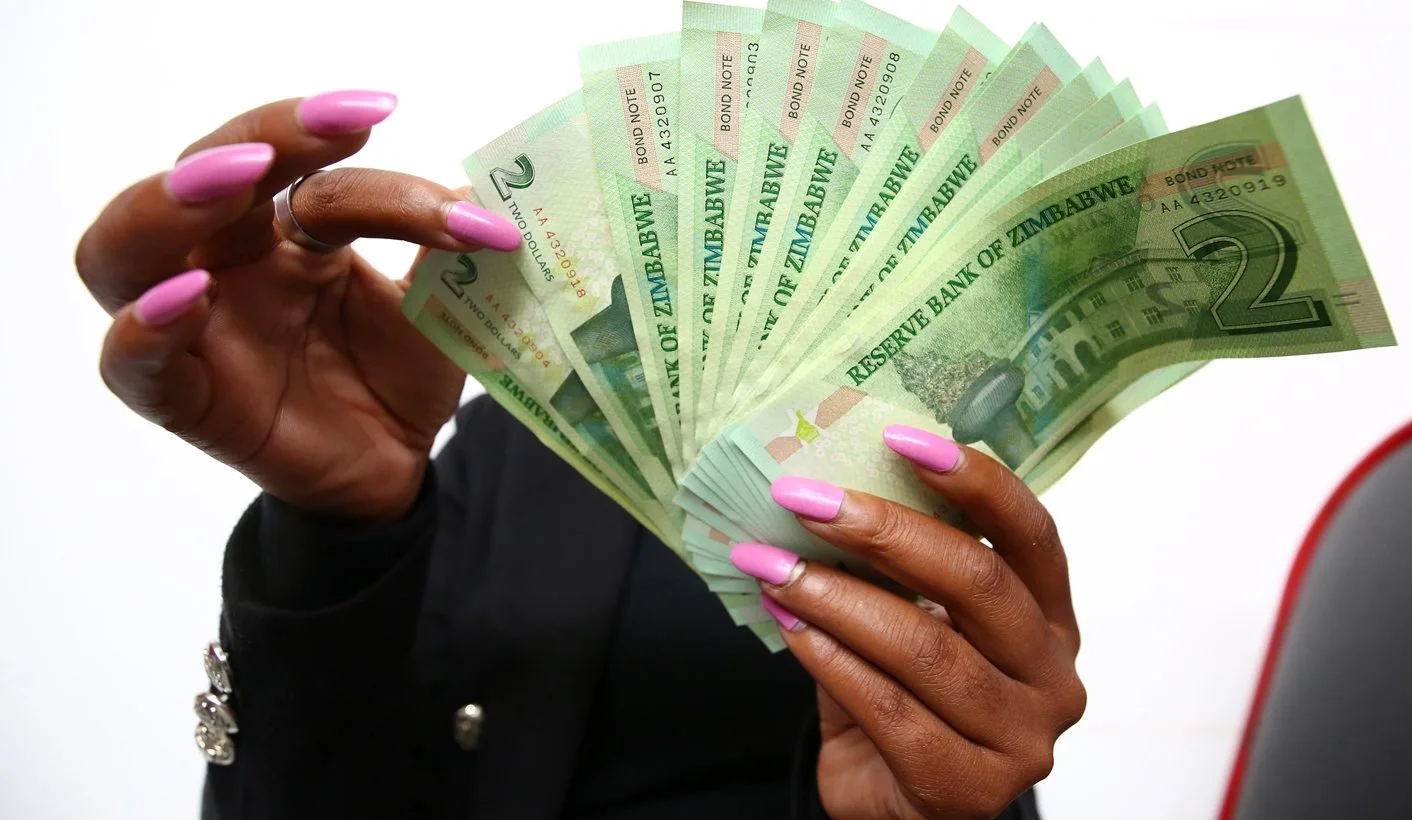
THERE is no need to say it, but we will anyway, using US dollars in the big retail shops, with the current exchange rate disparities, will make you lose your money.
Currently, the Zimbabwe dollar is trading at $465,39 to the United States dollar on the interbank market while on the parallel forex market, one needs $750 to the greenback.
With that disparity, using United States dollars in formal shops, means a consumer is losing about 61% per United States dollar they spend for goods or services.
This is because most of these formal establishments are pricing their US prices against the official forex rate that is overvalued, while they are using the parallel forex rate to price goods. This explains why in tuckshops, bread costs US$1 while in the big retail shops, a loaf costs US$1,75 or $850.
Using these two different forex rates is eroding the consumers purchasing power in both local and foreign currencies.
This is a concern because this means more people are increasingly poorer and more food insecure.
According to the latest report from the food security arm of the United States Agency for International Development, households in rural areas are now resorting to bartering using grains and livestock to access certain goods or services.
In addition, the agency found most poorer households have begun intensifying existing livelihood strategies to cope such as petty trade, the selling of smaller re-packaged food and household items.
- Chamisa under fire over US$120K donation
- Mavhunga puts DeMbare into Chibuku quarterfinals
- Pension funds bet on Cabora Bassa oilfields
- Councils defy govt fire tender directive
Keep Reading
In fact, it is now common that even in the work setup in either the public or private sector to have employees peddling snacks, chickens and agricultural products.
Even though this raises small amounts of money, it sometimes makes a difference in being able to afford some of the basic commodities and services.
At the end of the day, as long as there are two exchange rates, pricing will always remain problematic, erratic and most importantly, inflationary.
In any country, there should be one official exchange rate that is reflective of the country’s true value, not an assumed value.
While in most countries parallel forex rates exist, this shouldn’t be considered the official exchange as is the case in Zimbabwe.
But, as long as monetary authorities put controls on the official exchange rate, the parallel forex rate will remain the more trusted rate as it is determined by demand and supply forces.
Which is why Finance minister Mthuli Ncube raising the monthly income tax free threshold to $50 000 from $25 000 is an insult.
It is also sinister in that Ncube knows companies are being forced to raise wages to meet rising costs, though often still not in line with the cost of living.
And while those increments happen, the Treasury takes a lot of money in PAYE taxes.
Basically, the more wage increases, the more the Treasury takes in terms of income taxes.
This is why more consumers are opting to use parallel forex dealers who linger outside the retail stores to convert their money to be able to buy more and preserve some of their purchasing power.
It’s high time the Treasury stops duping us and starts working sincerely to address the forex rates challenges.
The Zimbabwe dollar does not need gold coins, it needs a control on money supply and adequate support from either forex, commodities or the market itself.
The authorities know this, we know they do, so maybe for once in 42 years of Zanu PF’s failed rule, we could ask them to stop the graft and start doing their jobs property.







